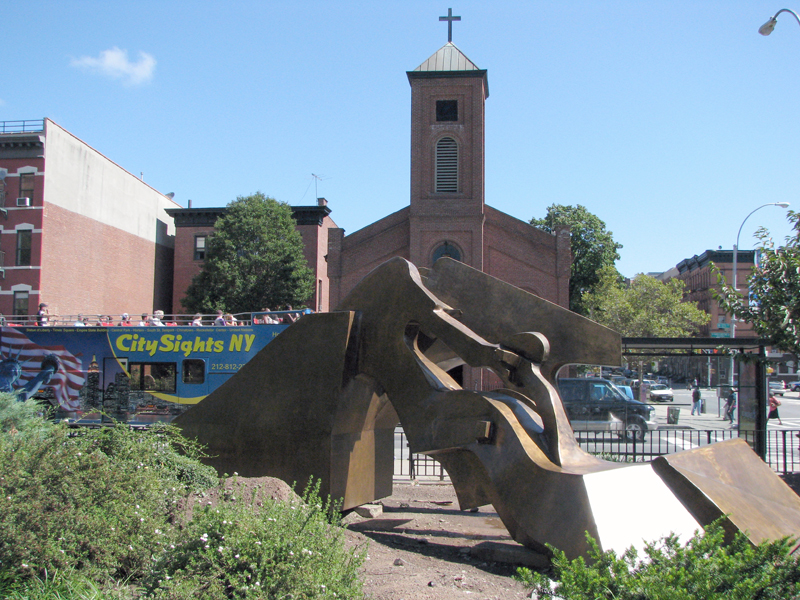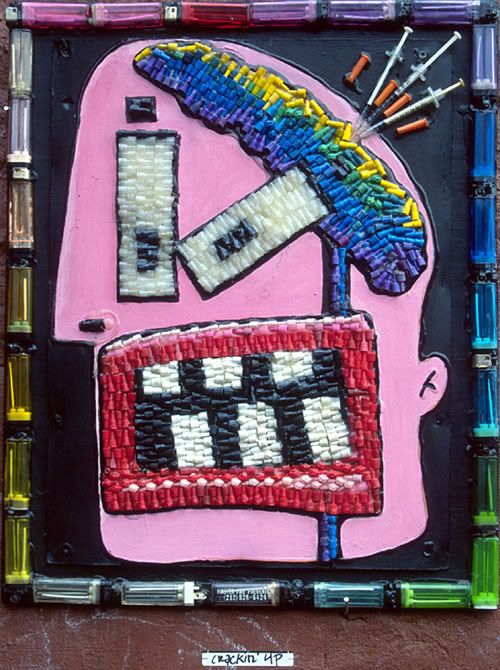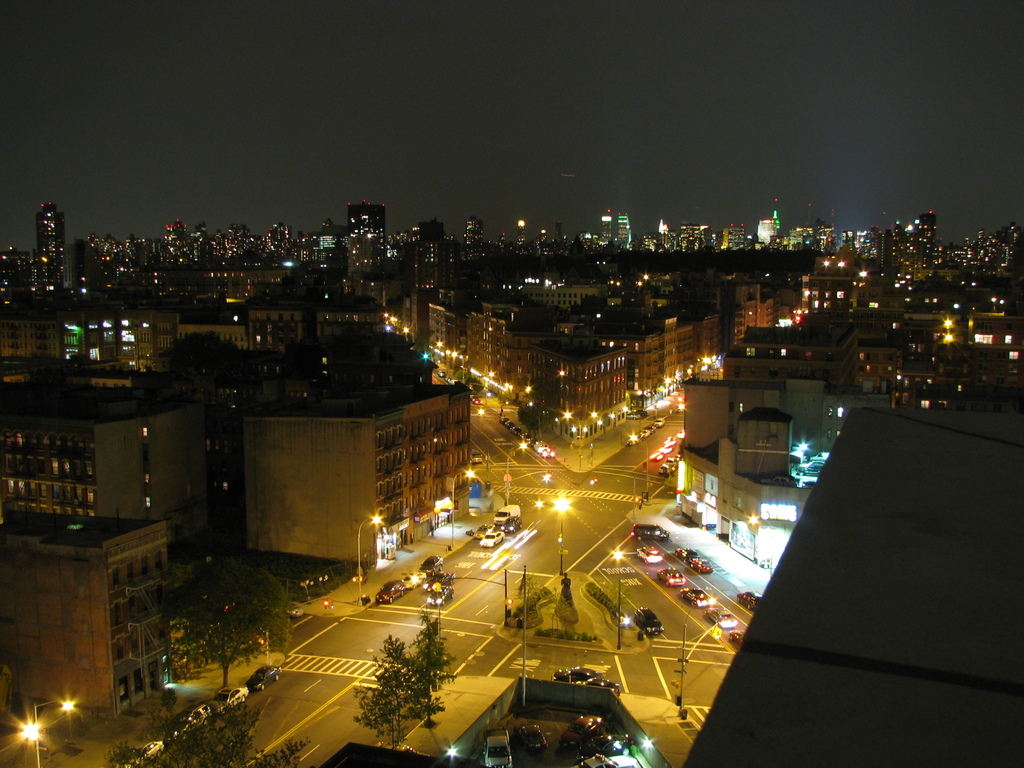 Over the past 14 years I have been documenting some of the change that has taken place here in Harlem. Over that time, my understanding of this neighborhood has come from many different layers. From its glorious heights, to its most cracked out lows, I have seen many facet of this place starting from high school years circa 1991, and then as a resident since 1995 to the post-gentrification of today. Harlem Hybrid is a product of that journey and I intend for this to be a forum for discourse regarding race, development, art, culture and human experience here Across 110th St. In addition, I will be analyzing the trends of development here in Harlem in an attempt to demystify what has been made out to be the catch-all bogeyman: Gentrification. Of course it wont just be me and my ideas presented here...the goal is to represent many voices that have been overlooked in this rapidly changing era. Therefore I will ask probing question, present intimate interviews and give you lots and lots of pictures. But before I go down that avenue, I feel the need to add some prologue. In order to get a sense of exactly where the current state of Gentrification in Harlem stands, we must hop in the revisionist History machine....all the way to 2000.
Over the past 14 years I have been documenting some of the change that has taken place here in Harlem. Over that time, my understanding of this neighborhood has come from many different layers. From its glorious heights, to its most cracked out lows, I have seen many facet of this place starting from high school years circa 1991, and then as a resident since 1995 to the post-gentrification of today. Harlem Hybrid is a product of that journey and I intend for this to be a forum for discourse regarding race, development, art, culture and human experience here Across 110th St. In addition, I will be analyzing the trends of development here in Harlem in an attempt to demystify what has been made out to be the catch-all bogeyman: Gentrification. Of course it wont just be me and my ideas presented here...the goal is to represent many voices that have been overlooked in this rapidly changing era. Therefore I will ask probing question, present intimate interviews and give you lots and lots of pictures. But before I go down that avenue, I feel the need to add some prologue. In order to get a sense of exactly where the current state of Gentrification in Harlem stands, we must hop in the revisionist History machine....all the way to 2000.
Gentrification: The Genesis, Part 1

As Harlem transitioned from the The Crack Wars of the late 80's to the economic downturn of the 1990's, the violence that the drug trade brought with it only escalated. We've all seen New Jack City: A post-Apocalytic vision of Harlem as a no man's land controlled by ruthless drug barons. But the reality was not too far off. Hundreds of shootings a week were the norm, resulting in about a dozen homicides a week. It was at this point that Harlem's reputation hit rock bottom. Branded as a jungle roamed by wolf-packs(with all its racist overtones), Harlem was seen as a no-go zone...except of course if you wanted to buy crack, heroin, PCP or go to the occasional High School basketball game. But by 1994, the reality of the Guiliani era had begun to produce some of its first results. Policing innovations such as Compstat and The Broken Window Theory had a dramatic effect on the brazen way that crime, particularly violent crime, was policed and prosecuted. Without bothering to re-hash the gains (drastically lower crime rates) or the losses (Patrick Dorismond, Amadou Diallo, The Dirty Thirty, etc), my point is to say this: For the first time, small businesses could operate legitimately without fear of violence. As a result, commercial and residential real estate values began to increase. This prompted a new wave of development pressure not only in the City as a whole, but in Harlem in particular. Harlem was seen as "wide-open" where many players who had been sitting on the sidelines, waiting for the area to "improve," were now putting together plans of action. Ironically, it was this first round of re-development here in Harlem--and elsewhere in New York--that ended in complete failure, but without which, we would not have the gains of today. Building very little and stealing a whole bunch, the HUD scandal of the mid-90's left a bad taste in the mouths of City, State and federal governments regarding "affordable housing" development and political corruption. The final total is somewhat in dispute, but upwards of nearly $70 million dollars was flushed down some very dirty NYC toilets. It was in this light, that the Mayor's office along with the Attorney General for New York State, re-cast the development paradigm by the time 2000 rolled around. By then, it was round 2, and this time, the City, State and the developers got exactly what it paid for.
